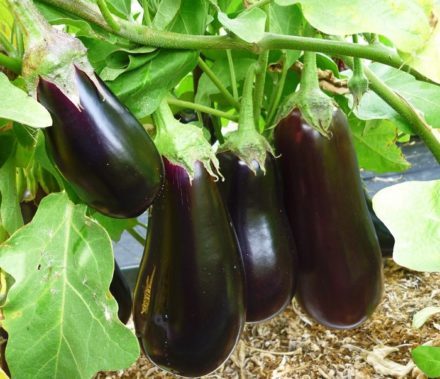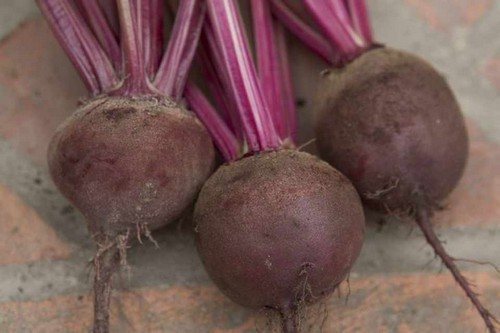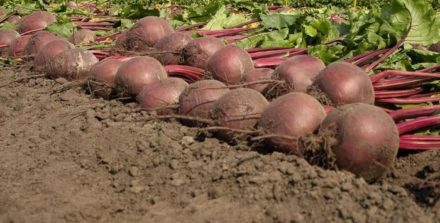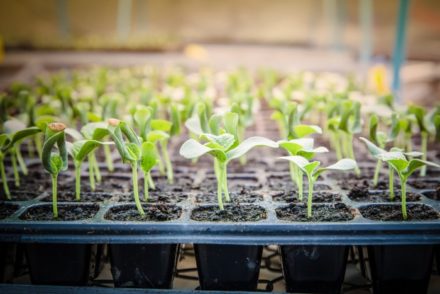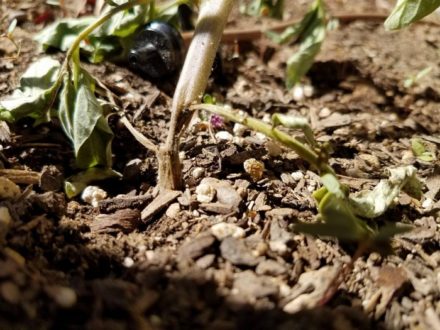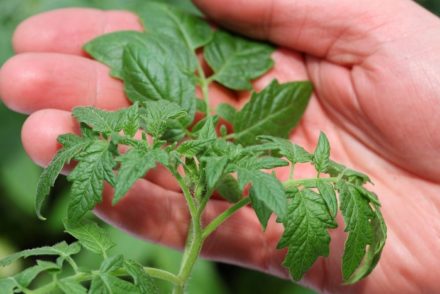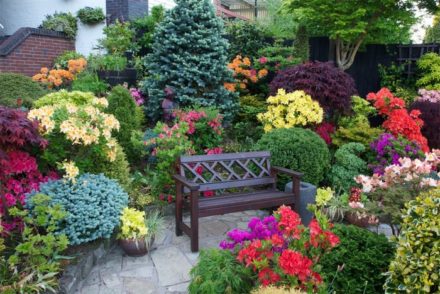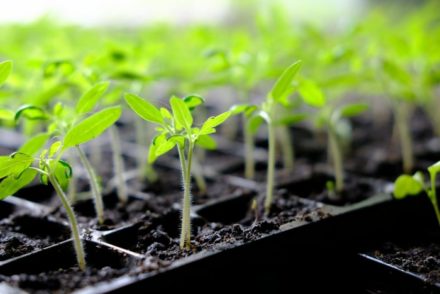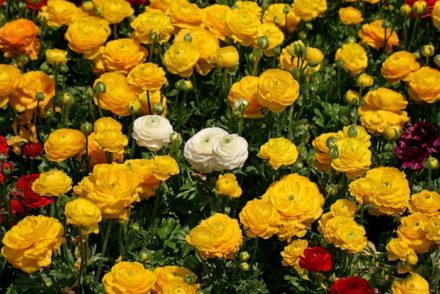Growing beets in seedlings is troublesome, but you can get a harvest 3-4 weeks earlier than usual. This makes this growing method attractive for gardeners in the northern regions, where root crops have to be harvested earlier. However, the process does not always go smoothly. Beet seedlings can slow down their growth for many reasons. This is caused by mistakes made by the gardener when planting seeds and caring for seedlings.
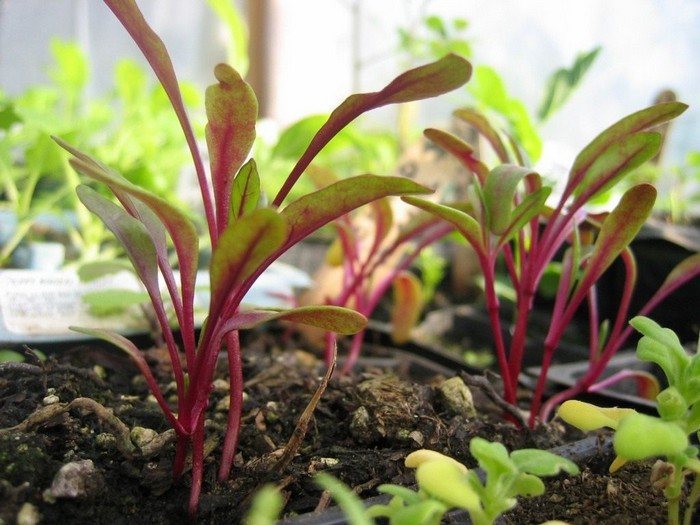
Failure to meet the sowing deadline
Each crop requires its own cultivation technology. Some plants have a long growing season, while others have a short one. Accordingly, the age of the seedlings at the time of transplantation into the ground should also be different. Beets are planted in the garden 3-3.5 weeks after sowing.
If you sow seeds too early, the seedlings will overgrow. At home, plants do not have enough light. The soil in a small glass is quickly depleted, not providing the seedlings with the required amount of nutrients. As a result, the seedlings become frail.

Sowing low-quality seeds
The health of the seedlings and the future productivity of the root crop directly depend on the quality of the seeds. When purchasing planting material in a store, you should give preference to products from a company with a good reputation. Among them:
- "Aelita";
- "Gavrish";
- "Russian vegetable garden".
Expiration date also matters.Of course, for planting you should choose only zoned varieties recommended for cultivation in a particular area. Some people prefer to use their own planting material. In this case, it is necessary to disinfect it.
The seeds are soaked in a weak solution of potassium permanganate for 15–20 minutes. After this, they are washed in clean water and soaked for 4–5 hours to swell. You can replace potassium permanganate with a solution of Maxim, Fitosporin, Vitaros.
If the expiration date of the seeds expires, you can additionally use growth stimulants:
- "Zircon";
- "Novosil";
- "Ecogel";
- "Epin-extra".
Treatment with these compounds will increase the percentage of germination and will allow you to obtain stronger seedlings. Beet seeds can be stored for quite a long time, but it is better to use them within 4 years.

Choosing the wrong soil
Beets take a long time to germinate in acidic and heavy soil. And in the future, the seedlings will lag behind in growth and may look sickly. Clay soil from the garden is definitely not suitable for sowing. Garden soil can be used by improving its composition by adding:
- lowland peat;
- leaf humus;
- coarse sand;
- wood ash.
The acidity of soil for beets should be in the range of 6.0-7.0 pH units. You can buy ready-made soil “For growing vegetable seedlings.” In order for the seeds to hatch quickly and the seedlings to begin to grow actively, you need loose, nutritious, breathable soil.
The soil mixture, prepared by hand, is first disinfected by placing it in an oven heated to 70 °C for 30 minutes.The soil can also be steamed by placing it in the microwave or by holding it in a colander over a pan of boiling water.
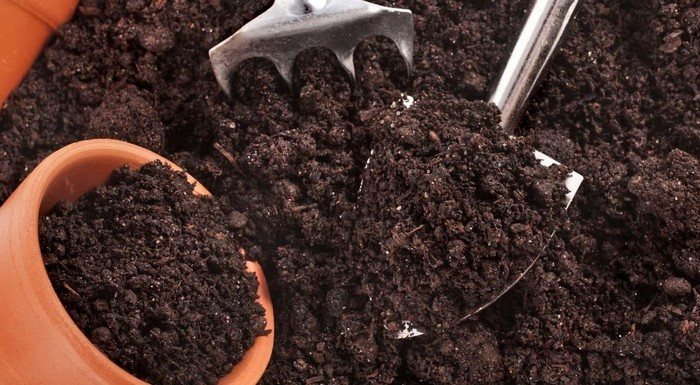
Poor care of seedlings
It is better to sow beets in individual containers. This crop has a fragile root system that is sensitive to damage, so it is advisable to avoid picking seedlings. Sow seeds to a depth of 2–3 cm.
The length of daylight is very important for seedlings. Plants should receive 12–14 hours of light daily. Without proper lighting, the seedlings will begin to stretch and bend, and the seedlings will not be able to grow strong.
The lamp is placed at a height of 15–20 cm from the plants. It is best to use a phytolamp or fluorescent lamp for lighting. You need to turn on the device for 2-3 hours in the morning and evening. In cloudy weather, the backlight is left on all day.
Be sure to maintain the correct temperature. Seeds should germinate at a temperature of 18–21 °C. As soon as friendly shoots appear, the temperature is reduced to 15–17°C. Do not overdry the soil; the soil should always remain slightly moist. First, the water for irrigation is left to stand at room temperature. Overmoistening should also not be allowed, as it can cause root rot.
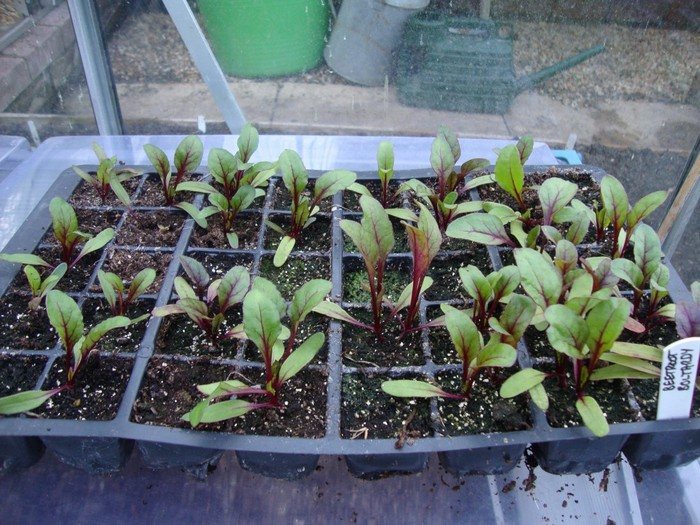
Caring for the health of seedlings begins even before planting. It is important to observe the sowing time, use high-quality seeds, and choose the right soil. Subsequently, the seedlings are provided with a suitable temperature regime, the required level of lighting and soil moisture. If all conditions are met, the seedlings will grow strong and viable.


